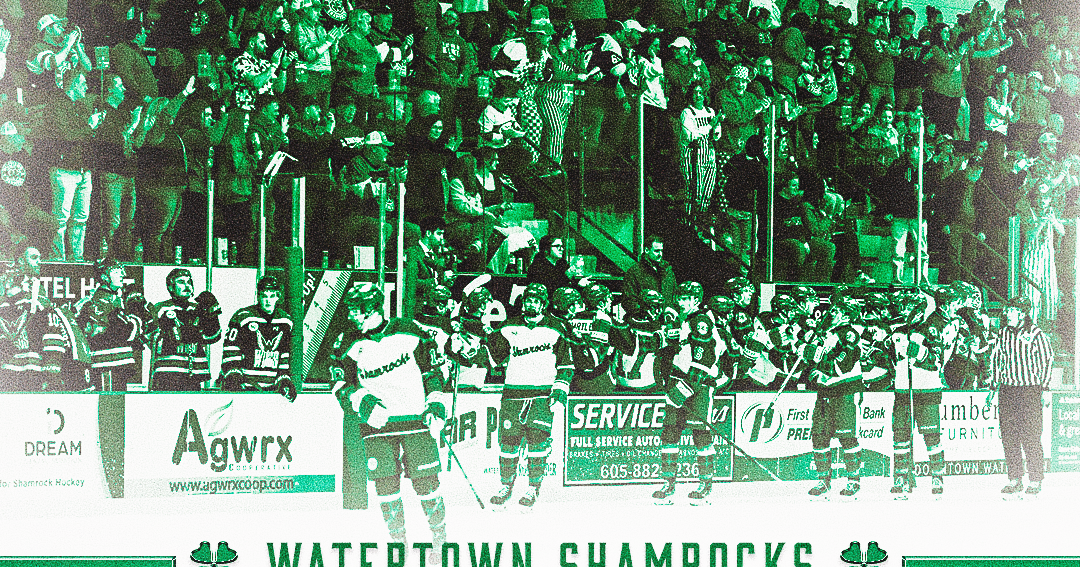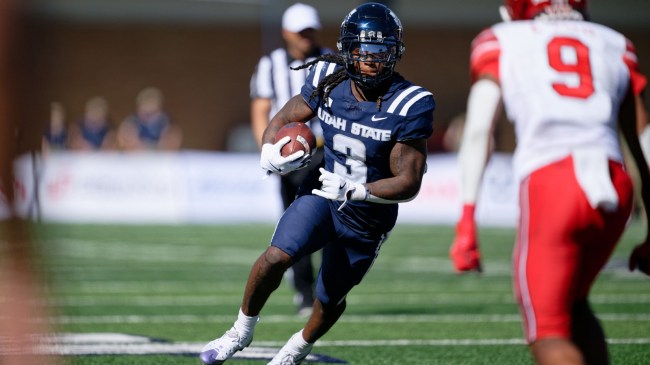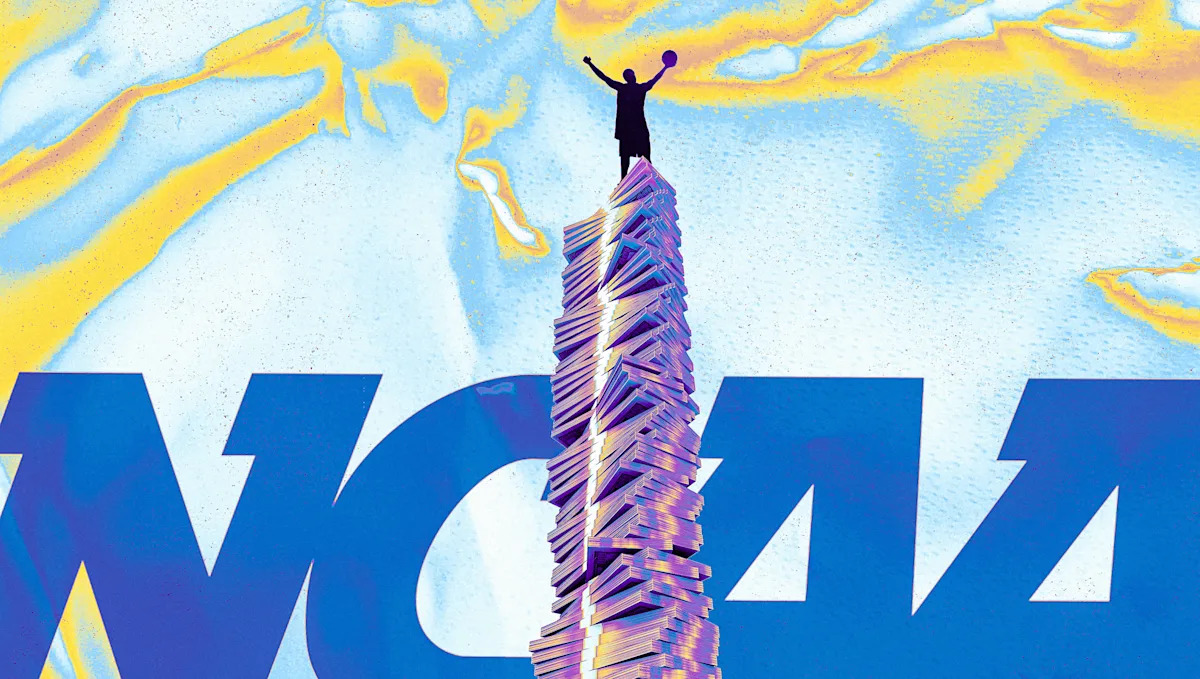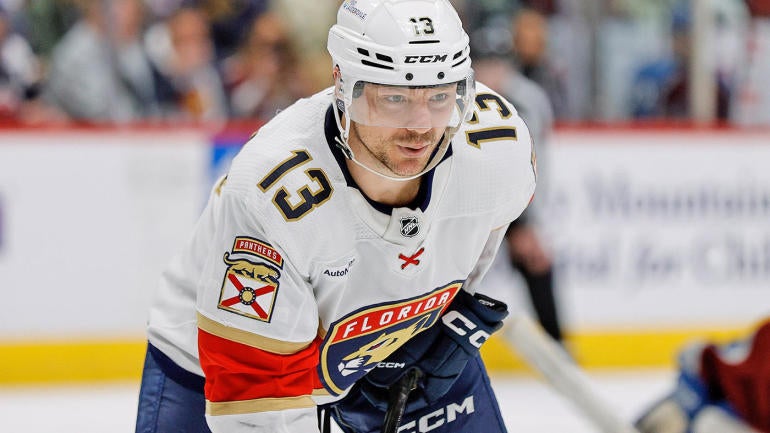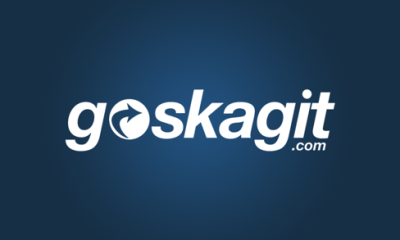Tennessee athletic director Danny White faced a decision this year: Remain with apparel partner Nike or move to a new brand, adidas.
He considered plenty of factors in the decision, such as quality of the gear and overall financial terms. But one, perhaps, stood above the rest: How much name, image and likeness (NIL) support would an apparel company give to Tennessee’s athletes?
Advertisement
“NIL was right up there,” White told Yahoo Sports in a recent interview. “We are in a very competitive space. It was at the forefront of my mind.”
Tennessee announced on Wednesday a return to adidas, a brand the university used during a 20-year run that ended in 2014. The brand and school struck a 10-year contract that is “one of the biggest apparel deals in the history of college sports,” according to White, likely putting its value at at least $10 million annually in product and cash.
At the heart of the deal is expected to also be one of the most lucrative NIL components in the history of collegiate apparel deals, described by one of the company’s vice presidents as “establishing a new standard for investment in NIL.”
In short, the players will get a piece of the $100 million-plus pie — in a significant way, too, and, for some of them, immediately.
Advertisement
Adidas says it is already working to strike individual deals with Tennessee athletes during this school year — months before the new apparel contract starts next July. Once the partnership begins, the company will offer what it calls “unprecedented NIL opportunities” for UT athletes across all 20 sports.
“The arms race was originally about facilities,” said Chris McGuire, adidas vice president of sports marketing, North America. “Now it’s gone to rev-share and NIL. We want to make sure we provide opportunities to our partners that are competitive in the marketplace so they’ll have competitive teams on the field.”
Tennessee’s apparel partnership is the latest weapon in the new recruiting battlefield: Finding creative ways to legally exceed the revenue-share cap by providing athletes with legitimate third-party endorsement and commercial deals.
‘This is the first one’
The adidas deal won’t be the last apparel contract structured in this way, experts believe. Several power programs remain in negotiations with apparel partners as their current contracts come to an end, including LSU, Penn State and USC. In fact, more than 20 power conference programs have apparel deals set to expire in 2026 and 2027.
Advertisement
McGuire acknowledges that this “model,” if it works as intended, will be used elsewhere. “This is the first one,” he said.
There are plenty more weapons, so to speak, that schools are using to increase the value of their rosters, including multimedia rights partners, various corporate sponsors and even reinvented booster collectives — all supplying some level of above-the-cap athlete compensation. The revenue-share cap this year (July 2025-June 2026) is $20.5 million, the max each school can distribute to their athletes. But schools are able to facilitate for their athletes individual third-party endorsement and commercial deals that, if approved through the new College Sports Commission enforcement process, are not included in the cap number.
This has created a new recruiting landscape where many schools, at first reliant on their collectives to drive athlete compensation, are now shifting to what they believe are more legitimate entities whose athlete deals can more easily gain the approval of the College Sports Commission.
There’s a brewing bidding war unfolding among multimedia rights and apparel companies jockeying to offer the best NIL-centric contracts to gain university partnerships.
Advertisement
Many schools are employing multimedia rights (MMR) partners and marketing agencies — perhaps those that once operated as collectives — to use corporate sponsors to direct their distribution to athletes instead of to the school, says Tommy Gray, CEO of Altius, a company that provides dozens of schools with consultation and strategic planning.
“For example, some are going to their corporate sponsors and saying 20% of your spend must be deployed in an athlete marketing fund so we can distribute it to our athletes,” Gray told Yahoo Sports in the spring. “It may be impermissible to commit that money to athletes in writing, but that doesn’t mean you can’t tell athletes that if they do these things, you are confident they will get X amount of dollars. There are a lot of ways to do it if you want to push the envelope.”
Advertisement
Apparel companies fill a similar void in a similar way, except they would directly strike deals with athletes. There’s no middle man necessary. Despite being deemed an “affiliated entity” of a school — this designation heightens the enforcement arm’s standard — would adidas, Nike or Under Armour, all longtime legitimate national brands, really see their athlete deals rejected?
What about Learfield, JMI and Playfly Sports? They are longtime school multimedia rights partners with the capability to facilitate deals with athletes among any of their thousands of corporate businesses and brands.
“There are a lot of places where the MMR partner, directly or indirectly, is supplying millions to athletes,” Gray says. “Who gets to tell Learfield it’s not OK to give $5 million a year to athletes? Who gets to go in and say, ‘That’s not permissible.’”
Paia LaPalombara, a former Ohio State athletic administrator who joined last year the Indiana law firm Church Church Hittle + Antrim, says partnering with an MMR or apparel brand is likely the best way for schools to “exceed the cap without falling under that fair market value” standard.
Advertisement
Will new deals pass muster?
Multimedia rights partners are already paying schools millions in licensing agreements to sell their intellectual property, such as marks, logos, etc. Corporate sponsors want both — the marks plus the athletes — for the most lucrative NIL deals, says Craig Sloan, the CEO of Playfly Sports.
“The one that’s going to be tested the most is a student-athlete appearing in uniform in a campaign. What is that value?” Sloan said. “We do have evidence that shows the use of IP will enhance a brand’s perception with consumers. The data supports the idea that if you’re going to come in and sponsor our Auburn program, it makes sense to do it with a student-athlete.”
Sloan says Playfly doesn’t guarantee schools a certain amount of NIL for their athletes, but, moreso, “shares a vision” with schools on a “need number” for NIL.
Advertisement
Learfield is approaching it in a similar fashion. CEO Cole Gahagan says the company struck athlete brand deals of more than $135 million last fiscal year.
“Now that salary caps have been in place, there is increased pressure to find more opportunities to create more events for athletes,” Gahagan said. “When we have dedicated resources on the ground on campus — sales people dedicated to NIL, NIL activation coordinator and NIL content producer — we see the greatest and most NIL deal-making output at our properties.”
Learfield has recently announced new NIL-related partnerships with several power programs, including Texas, Georgia and Oklahoma — all deals billed as a way to “unlock new revenue-generating opportunities” for athletes. These collaborations will operate independently from the university as marketing and NIL agencies to connect athletes with corporate sponsors to “earn income beyond traditional revenue-sharing models,” according to one of the releases.
Advertisement
Playfly, meanwhile, struck a 15-year, $515 million deal with Texas A&M earlier this summer, believed to be one of the most lucrative multimedia rights contracts in the history of college athletics and one that offers NIL components.
Kentucky announced a similar move just this week, resigning with multimedia partner JMI in a deal where the company will create an “in-house NIL collective” to help facilitate athlete brand deals and ensure each passes through the new enforcement process.
“How quickly will collectives start to fade away or become less important? Because the sustainable model is athletes inking opportunities for producing content, activations, likeness in campaigns,” Sloan said. “It’s pretty clear it’s not going to be a collective and booster giving someone a bunch of money.”
But collectives received a sort-of lifeline last month, when a legal threat from attorneys forced the College Sports Commission to re-evaluate guidance that would have prohibited most booster-collective deals with athletes.
Advertisement
The enforcement arm is determining the legitimacy of third-party deals based mostly on two standards. NIL deals have to meet the standard of (1) having a “valid business purpose” and (2) falling within a compensation range created by Deloitte. The first of those — involving the prohibition of many collective deals — fell victim to the legal challenge, opening a path for collectives to continue to operate in a similar way, but not exactly the same, as they previously did.
The second standard — range of compensation — serves as the CSC’s backstop, at least until it is challenged legally as well. Deloitte created “the range of compensation” through an algorithm using fair-market value analysis, comparing similar types of NIL deals struck between an athlete and the third party. It factors in a player’s social media following, athletic performance, the school’s marketplace and location, etc.
Will the CSC really deny athlete deals from big brands and apparel companies?
“At the end of the day,” said Sloan, “a person not on campus, not in our communities is going to have a difficult time setting our market rate.”

